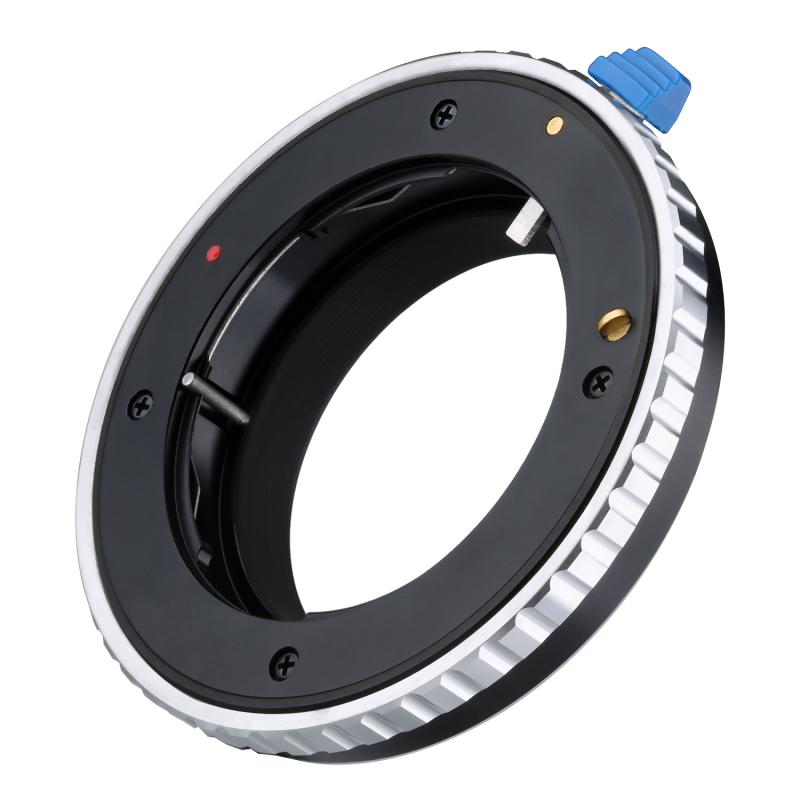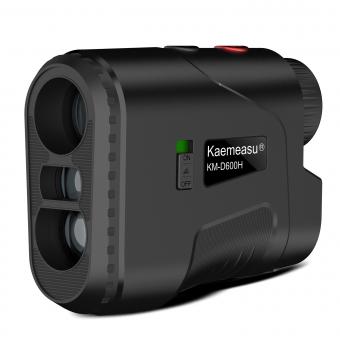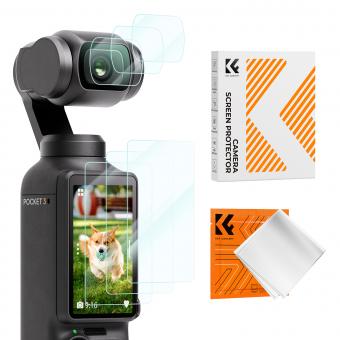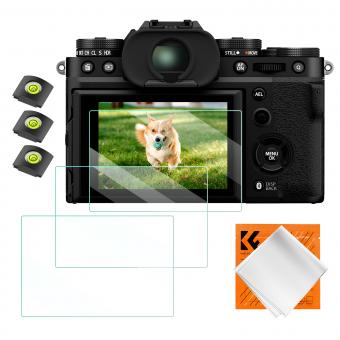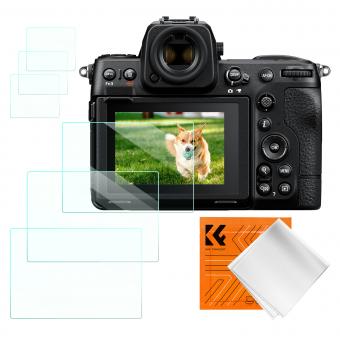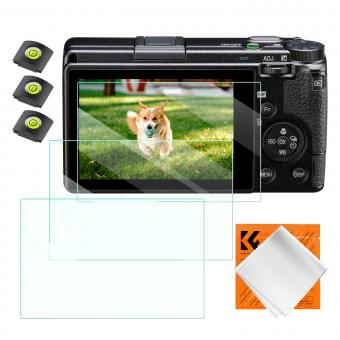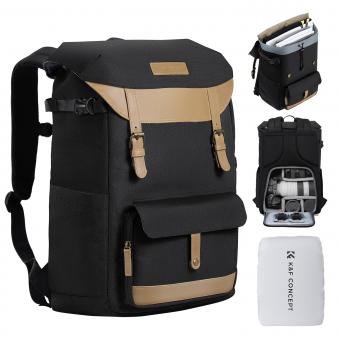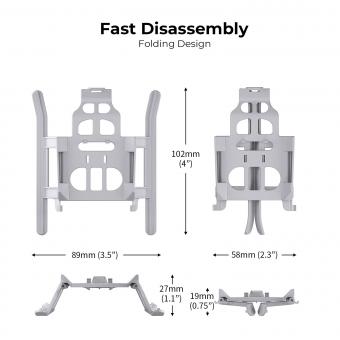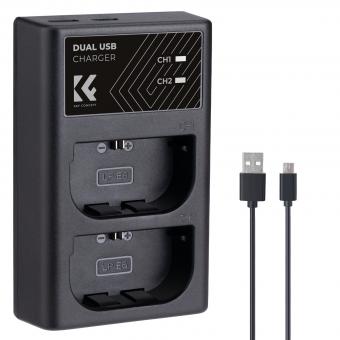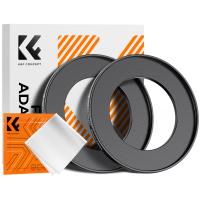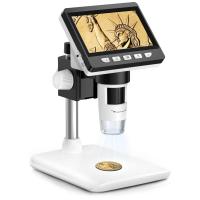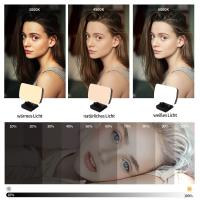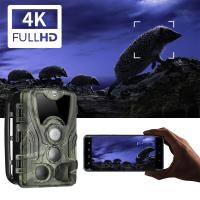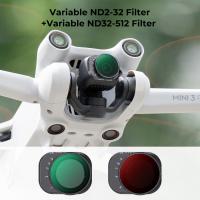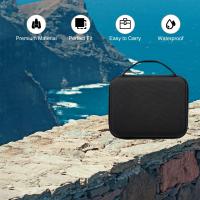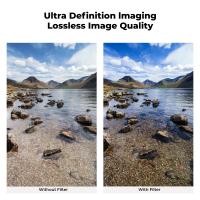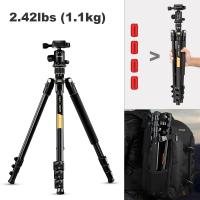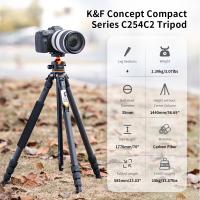How To Use Rangefinder Film Camera ?
To use a rangefinder film camera, start by loading a roll of film into the camera according to the manufacturer's instructions. Set the ISO/ASA dial to match the film speed you are using. Adjust the focus by turning the focus ring on the lens until the subject appears sharp in the viewfinder. Use the rangefinder mechanism, typically located on the camera's top plate, to fine-tune the focus. Compose your shot by looking through the viewfinder and adjusting the camera's position as needed. Set the desired aperture and shutter speed based on your exposure needs. Once everything is set, press the shutter release button to take the photo. Advance the film to the next frame using the film advance lever or knob. Repeat the process for each shot until you have finished the roll of film.
1、 Understanding the basics of a rangefinder film camera
Understanding the basics of a rangefinder film camera is essential for anyone looking to capture images using this classic and versatile tool. Rangefinder cameras have been around for decades and continue to be popular among photography enthusiasts and professionals alike. Here is a guide on how to use a rangefinder film camera, along with some insights from a modern perspective.
1. Familiarize yourself with the camera: Start by getting to know the different parts of the camera, such as the lens, viewfinder, film advance lever, and shutter release button. Each camera model may have slight variations, so consult the user manual if needed.
2. Load the film: Open the back of the camera and carefully insert the film, ensuring it is properly aligned with the film sprockets. Advance the film until it is securely attached to the take-up spool.
3. Set the ISO: Adjust the ISO setting on the camera to match the film speed you are using. This ensures accurate exposure calculations.
4. Focus using the rangefinder: Look through the viewfinder and align the two images in the center. Adjust the focus ring on the lens until the images merge into one, indicating that the subject is in focus.
5. Set the aperture and shutter speed: Depending on the lighting conditions and desired effect, select the appropriate aperture and shutter speed settings. Use the built-in light meter or an external light meter to help determine the correct exposure.
6. Compose your shot: Frame your subject using the viewfinder and make any necessary adjustments to achieve the desired composition.
7. Take the shot: Press the shutter release button gently to capture the image. Advance the film to the next frame using the film advance lever.
From a modern perspective, using a rangefinder film camera offers a unique shooting experience. The lack of a through-the-lens viewfinder allows for a more direct connection with the subject, as you can see what is happening outside the frame. Rangefinder cameras are generally compact and lightweight, making them ideal for street photography and travel. Additionally, the manual focus and exposure settings encourage a more deliberate and thoughtful approach to photography, allowing for greater creative control. Embracing the limitations of film photography can also be a rewarding experience, as it encourages photographers to slow down, carefully consider each shot, and appreciate the art of capturing a moment in time.

2、 Loading and advancing film in a rangefinder camera
Loading and advancing film in a rangefinder camera is a crucial step in capturing stunning photographs. Here's a step-by-step guide on how to use a rangefinder film camera:
1. Gather the necessary equipment: You'll need a roll of film, a dark room or changing bag, and your rangefinder camera.
2. Find a dark room or use a changing bag: Film must be loaded in complete darkness to avoid exposure. If you don't have access to a dark room, a changing bag can be used. Place your camera, film, and a pair of scissors inside the bag.
3. Open the camera back: Most rangefinder cameras have a latch or button to release the back. Open it carefully, ensuring not to expose any film already loaded.
4. Load the film: Take the film canister and remove the protective cover. Insert the film into the camera's film chamber, aligning the film leader with the take-up spool. Make sure the film is securely attached to the spool.
5. Advance the film: Close the camera back and gently advance the film using the film advance lever until it stops. This ensures the film is properly engaged with the take-up spool.
6. Set the film speed: On the camera, set the ISO or ASA value to match the film speed. This ensures accurate exposure calculations.
7. Take a test shot: Before starting your photography session, take a test shot and advance the film to ensure it is advancing properly.
8. Shoot and advance: After each shot, use the film advance lever to advance the film to the next frame. Be careful not to force the lever, as it may damage the film or camera mechanism.
9. Rewind the film: Once you've finished shooting the entire roll, rewind the film back into the canister. Most cameras have a rewind knob or button for this purpose. Make sure to do this in a dark room or changing bag.
10. Remove the film: Open the camera back and carefully remove the film canister.
Remember, each camera model may have slight variations in the loading and advancing process, so it's essential to consult your camera's manual for specific instructions.
In recent years, the popularity of rangefinder film cameras has seen a resurgence among photography enthusiasts. These cameras offer a unique shooting experience, allowing photographers to slow down and focus on the art of composition. The mechanical nature of rangefinder cameras provides a tactile and nostalgic feel, which many photographers find appealing in the digital age.
Additionally, the use of film introduces an element of unpredictability and a slower workflow, encouraging photographers to be more intentional with each shot. The limited number of exposures per roll also encourages photographers to carefully consider their composition and exposure settings.
While digital cameras offer convenience and instant feedback, rangefinder film cameras provide a different experience that many photographers find rewarding. So, if you're looking to explore the world of film photography, loading and advancing film in a rangefinder camera is an essential skill to master.
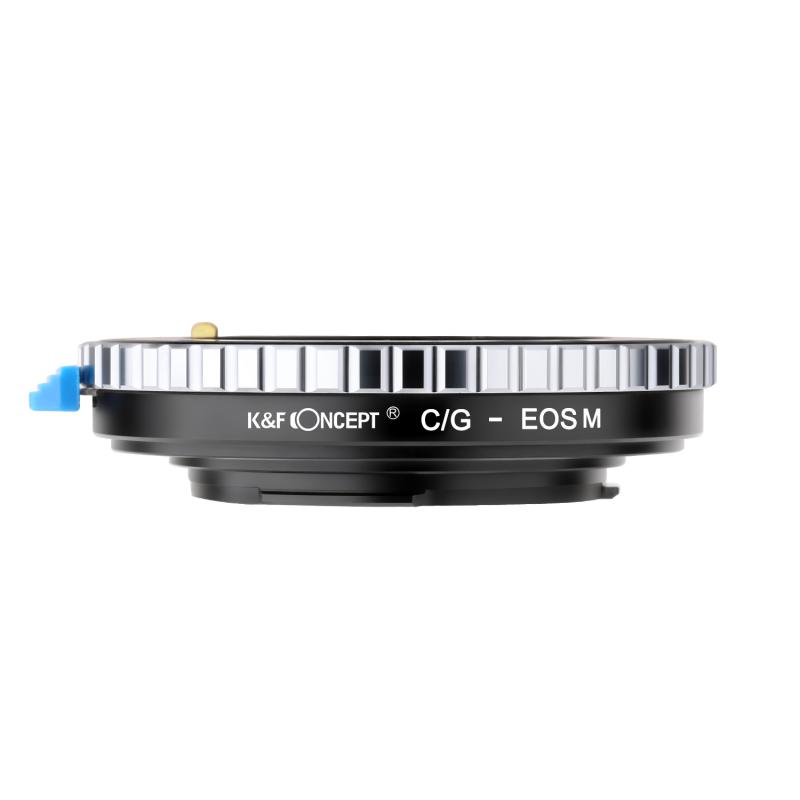
3、 Adjusting focus and using the rangefinder mechanism
To use a rangefinder film camera, it is important to understand how to adjust focus and utilize the rangefinder mechanism effectively. The rangefinder is a focusing aid that helps photographers achieve accurate focus by aligning two images in the viewfinder. Here's a step-by-step guide on how to use a rangefinder film camera:
1. Familiarize yourself with the camera: Get to know the different controls, such as the focus ring, shutter speed dial, and aperture ring. Understand how to load and advance the film.
2. Set the focus distance: Determine the distance to your subject and set it on the focus ring. Most rangefinder cameras have distance markings on the lens barrel, allowing you to estimate the distance accurately.
3. Adjust the viewfinder: Look through the viewfinder and align the two images. The rangefinder mechanism will superimpose a second image on top of the main view. Rotate the focus ring until the two images align perfectly.
4. Fine-tune the focus: Some rangefinder cameras have a magnifying feature that allows you to zoom in on the subject for precise focus. Use this feature if available to ensure sharpness.
5. Compose your shot: Once you have achieved proper focus, compose your shot by adjusting the camera's position and framing.
6. Set the exposure: Use the camera's built-in light meter or an external light meter to determine the correct exposure settings. Adjust the aperture and shutter speed accordingly.
7. Capture the image: Press the shutter release button to take the photo. Advance the film to the next frame using the film advance lever or knob.
It's worth noting that while rangefinder film cameras have been around for decades, they still offer a unique shooting experience and produce high-quality images. Many photographers appreciate the simplicity and precision of rangefinder focusing, which can be particularly useful in street photography or situations where quick and accurate focus is crucial.
In recent years, there has been a resurgence of interest in film photography, including rangefinder cameras. Many photographers are rediscovering the joy of shooting with film and the unique aesthetic it provides. Rangefinder cameras, with their mechanical simplicity and precise focusing, are becoming popular choices for those seeking a more deliberate and mindful approach to photography.
In conclusion, using a rangefinder film camera involves adjusting focus and utilizing the rangefinder mechanism to achieve accurate focus. By following the steps outlined above, you can effectively use a rangefinder camera to capture stunning images with a unique charm and character.
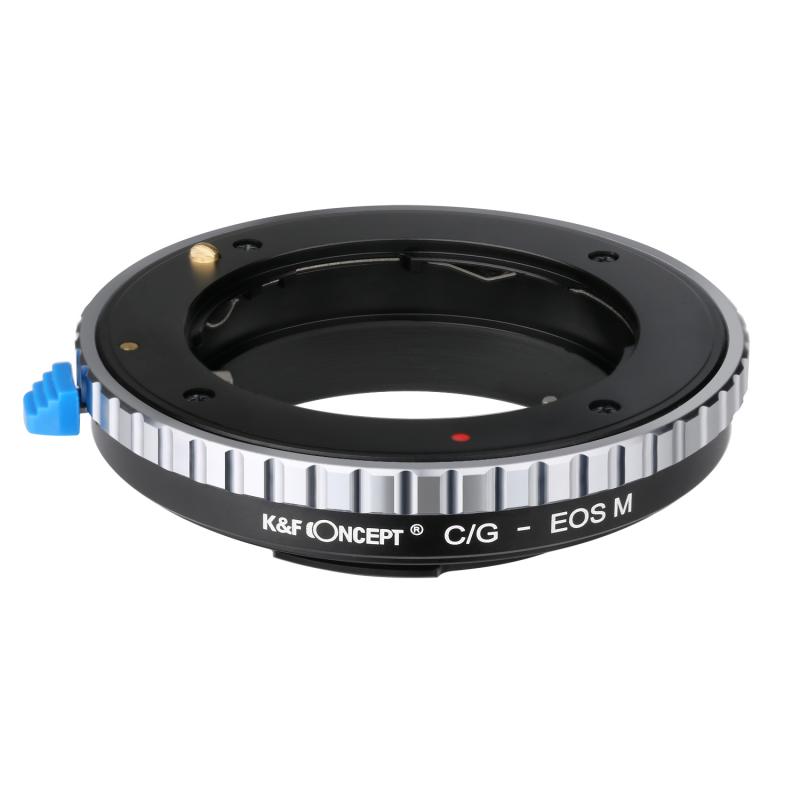
4、 Setting the correct exposure on a rangefinder film camera
Setting the correct exposure on a rangefinder film camera is essential to capture well-exposed and balanced photographs. Here's a step-by-step guide on how to achieve the correct exposure:
1. Understand the Exposure Triangle: The exposure triangle consists of three elements - aperture, shutter speed, and ISO. Aperture controls the amount of light entering the camera, shutter speed determines the duration of light exposure, and ISO determines the camera's sensitivity to light.
2. Set the ISO: Choose the appropriate ISO film speed for your shooting conditions. Higher ISO values are suitable for low-light situations, while lower ISO values are ideal for well-lit environments.
3. Set the Aperture: Adjust the aperture ring on the lens to control the depth of field and the amount of light entering the camera. Wider apertures (lower f-stop numbers) allow more light but result in a shallower depth of field, while narrower apertures (higher f-stop numbers) let in less light but provide a greater depth of field.
4. Set the Shutter Speed: Use the shutter speed dial to select the desired exposure time. Faster shutter speeds freeze motion but allow less light, while slower shutter speeds create motion blur but let in more light.
5. Meter the Light: Most rangefinder cameras have built-in light meters or external handheld light meters. Use the meter to measure the light in the scene and adjust the aperture and shutter speed accordingly. Aim for a balanced exposure where the meter indicates proper exposure.
6. Focus and Compose: Rangefinder cameras have a separate focusing mechanism. Use the rangefinder patch or split-image focusing system to achieve sharp focus. Compose your shot by aligning the frame lines in the viewfinder.
7. Take the Shot: Once you have set the correct exposure and focused, press the shutter button to capture the image.
Remember, practice and experimentation are key to mastering exposure on a rangefinder film camera. Additionally, consider using a light meter app on your smartphone for more accurate readings.
